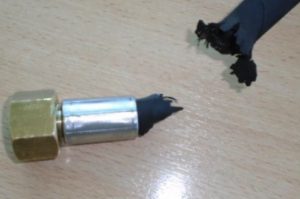
In a recent study the Swedish Club has warned that vessels propelled by low speed diesel engines save on claims with a frequency two and a half times higher than slow speed engines with an average claims cost of about $650,000.
Statistically, a vessel will suffer between one and two incidences of main engine damage during its life time, according to the club. However, the incidence rate varies by vessel class (and engine type).
“Our research shows that bulkers and tankers are the best performers for claims cost,” said senior technical advisor Peter Stalberg. “Most of these vessels have slow speed engines. Conversely passenger vessels/ferries have the highest frequency of main engine claims – 0.066 claims per vessel and year. Often these vessels have multiple medium speed engine installations.”
Stalberg advises that when shipowners have Continue reading “Low speed diesel engines save on claims is the finding of a recent Swedish Club study”










